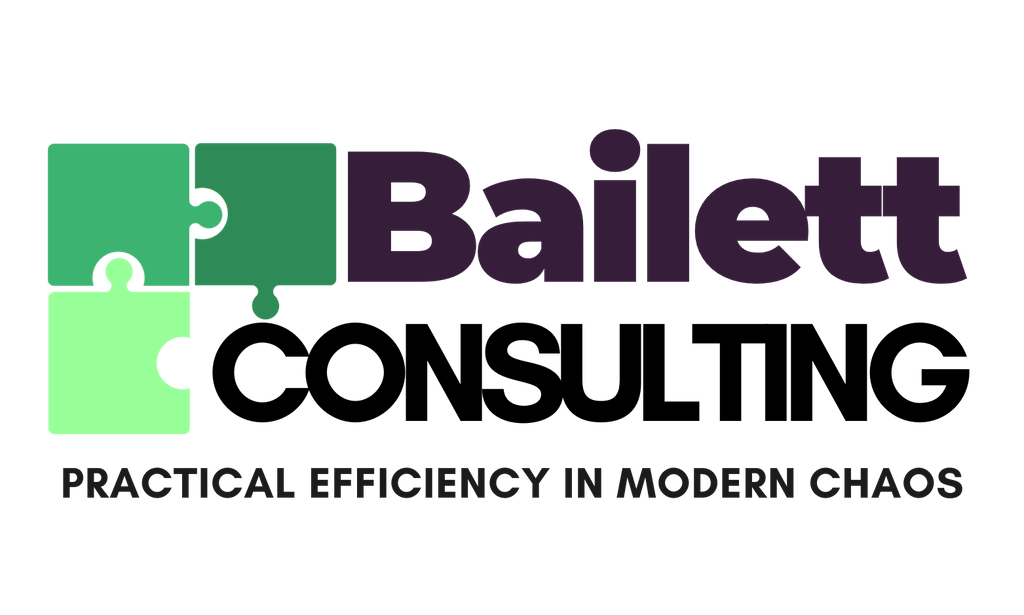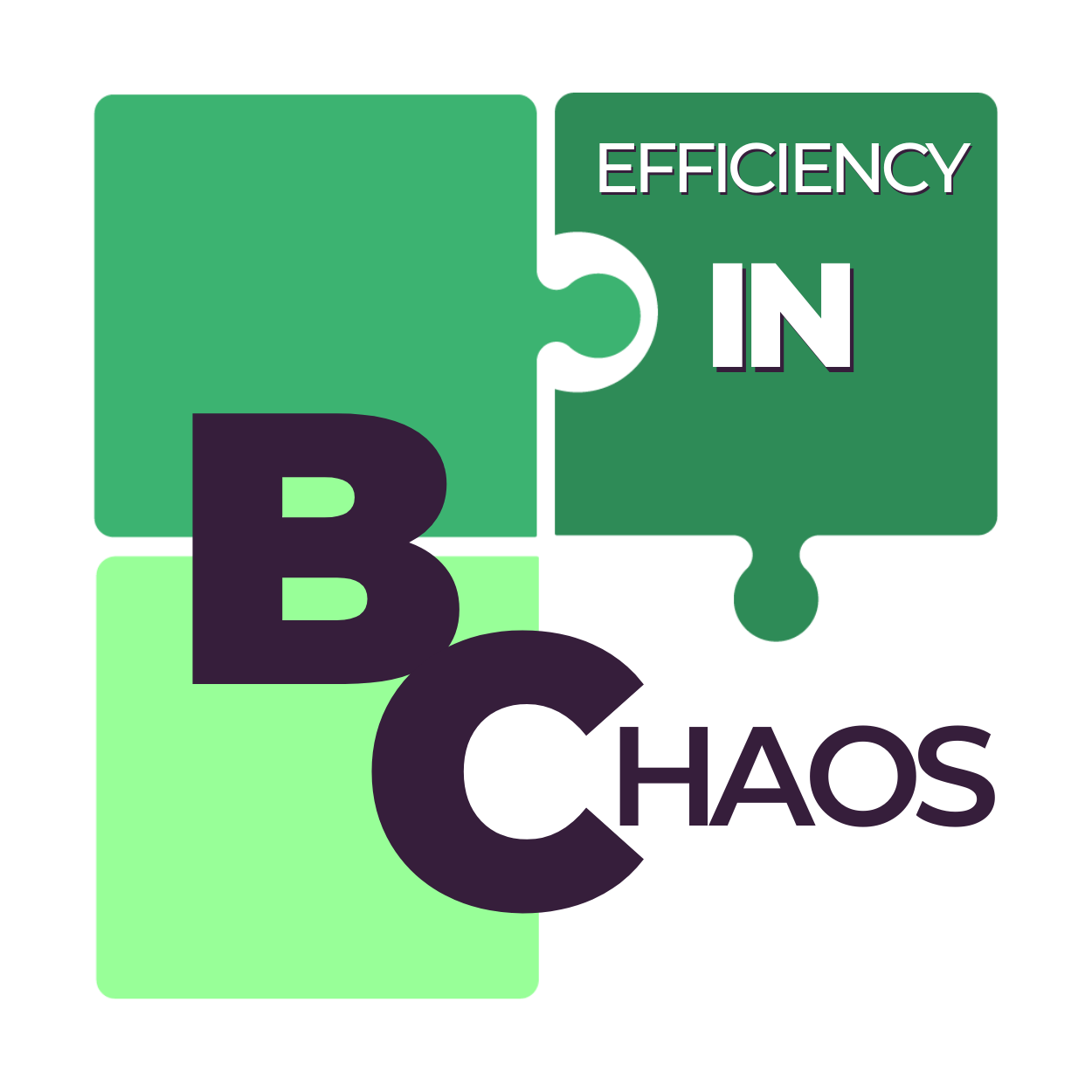Why Your To Do List Is Not Working… And What to Do About It.
Picture this, you sit down in your workspace, ready to tackle the day, armed with a To Do List that is supposed to keep you organized and on track. However, throughout the day that list grows longer, your stress increases, and you feel like you have not really “done” anything all day. Sound familiar?
Lists are one of the most popular productivity tools.
To Do Lists, in particular, often fail to deliver the results we are wanting. The problem is not the idea of a To Do List itself. It is in how we approach and use To Do Lists. Let us explore why traditional To Do Lists do not work and what to do about it.
Why Traditional To Do Lists Fail
1. They are Overwhelming
Many people create To Do Lists that are essentially brain dumps of every possible task they can think needs to be completed. This leads to a very long, often overwhelming, disorganized list with no clear priorities. When everything feels equally important because “it all has to get done” it can be hard to know where to start.
2. They Lack Focus
A generic To Do List often includes tasks of varying importance, from “Buy groceries” to “Prepare presentation for client.” Without a system to differentiate between critical and non critical tasks, you are more likely to focus on the reactive tasks or the tasks that are easiest at the moment. Being unable to differentiate between a general long list of tasks can leave the high priority tasks unfinished.
3. They Do not Account for Time
Most To Do Lists do not include time estimates. This can make it impossible to know exactly how much you can realistically accomplish in a day. This can lead to frustration and contribute to more overwhelm as you are unable to check everything off the list.
4. They Encourage Procrastination
Often we write out lists in big, vague terms like “Start project” or “Organize the House.” Framing our tasks in this way can make it feel more daunting and lead to procrastination. Without knowing what a clear first step is, your To Do List becomes a source of stress instead of motivation.
5. They are Static
A static To Do List does not adapt to a change in priority or unexpected events. As your day and week evolves, your plan may have to shift. However, traditional lists rarely account for that flexibility.
How to Fix Your To Do List
If your To Do List is not working for you, it may be time to reframe your approach. Here are five strategies to create a To Do List that drives action and reduces stress.
1. Prioritize with the “Must Do” Rule
Start by identifying the 3 tasks that are most critical for the day. These are your “must do” tasks that will have the greatest impact on your goals and will likely be revenue producing. Focus on completing these first before moving on to anything else.
Example: Instead of pulling out your long list, start your day with:
Prepare slides for upcoming client meeting.
Call “insert client name” for follow-up.
Prepare Renewal for “insert client name.”
2. Break Tasks into Small Actionable Steps
Replace broad and vague tasks with specific and actionable steps. Breaking tasks all the way down to the most specific first step makes them more manageable and helps you build momentum.
Example: Instead of “Work on blog post,” write:
Brainstorm blog topic.
Outline blog structure with 3 main subtopics.
Draft blog.
3. Assign Time Blocks
Estimate how long each task will take and assign time blocks for them in your schedule. This prevents overloading your day and helps you stay realistic about what you can accomplish.
Example:
9:00-10:00 AM: Prepare slides for upcoming client meeting.
10:15-10:45 AM: Call “insert client name” for follow-up.
11:00 AM-12:00 PM: Prepare Renewal for “insert client name.”
4. Use Categories or Themes
Organize your list into categories (e.g., work, personal, errands) or themes (e.g., creative tasks, admin tasks). This structure makes it easier to shift between tasks and focus on similar activities.
Example:
Work: Review budget, draft proposal.
Personal: Schedule doctor’s appointment, pick up groceries.
5. Reflect and Adjust Daily
At the end of the day, review what you accomplished and make your list for tomorrow. Reflecting helps you learn what worked that day, identifies if the must do tasks actually got completed, and ensures continuous improvement.
Questions to Ask:
Did I focus on the “must do” tasks today?
What distracted me and how can I avoid it tomorrow?
Are my “must do” tasks the same or different for tomorrow?
Your To Do List is meant to be a tool that helps you get things done and not stress you out. You can turn your To Do List into a powerful productivity tool by prioritizing tasks, breaking them into actionable steps, and regularly reflecting on your progress. Remember, effective To Do Lists are about focusing and completing the tasks that truly matter.
Start small, refine your process, and watch as your productivity increases.
Do you have a mile long To Do List? Turn that list into a DONE list with Focused Work Days.
Are you ready to achieve your goals and learn how to block your time for you? Sign up for the upcoming session of Accountability Champions!




